Cat 7 vs. Cat 8 | Which One Is Best For You?
Find out whether Cat 7 or Cat 8 is better for you
3 min. read
Updated on
Key notes
- Cat7 and Cat8 Ethernet cables might confuse clients in search of a good option to set up their Internet network.
- But their specifications are quite different, and it's good to take a look at each one, whilst not forgetting about previous cable versions.
- We will tell you what makes each cable different, so that you can make the best choice when it comes to Cat 7 vs Cat 8.

As if three types of Ethernet cables were not enough, electric equipment producers moved on to launch two more options, much to the confusion of many regular clients.
So now, besides Cat5E and Cat6, Cat 5 vs Cat 6 (not to mention Cat6A), we also have Cat7 and Cat8 Ethernet cables. Besides the marketing reasons that led to this evolution, for sure there’re also some safety standards involved.
What makes these last two the so-called next-generation Ethernet cables and which is the best. In this article, we will do a Cat 7 vs Cat 8 comparison, to help you choose the one that is right for you.
What’s the difference between Cat7 and Cat8 Ethernet cables?
Basically, the biggest difference between the two lies in their performance for what they were made. They differ when it comes to Ethernet speed, endurance in time, flexibility, sturdiness, etc.
What is Cat 7 used for?

The Cat7 Ethernet cables support high-speed ethernet communication of up to 10 Gbps, with a larger bandwidth than its predecessors, of 600 MHz.
They are made of twisted pairs of wire, and each pair is cover in a shield, complying with the strictest specifications for reducing crosstalk.
Here’s our top pick for the best Cat7 Ethernet cable.
What is Cat 8 Ethernet?
Cat8 Ethernet cables are also fully shielded. They bring a huge difference from the previous versions, supporting a frequency of 2 GHz, with a speed of 25 Gbps or in some cases 40 Gbps, over up to 30 meters.
They can be terminated with RJ-45 or non-RJ-45 connections, which makes them compatible with previous cable versions.
Both cables are sturdier as compared with the previous versions, which are more flexible.
This is what makes them more time-resistant when it comes to a Cat 7 vs Cat 8 comparision, with a life span of up to 15 years, according to tests.
Here’s our top pick for the best Cat8 Ethernet cable.
Cat 7 vs Cat 8 – Which is better?
Cat7 cables are perfect to get more speed over wider distances. And so they are the preferred cables type for large enterprise spaces and datacenters.
For a regular home, a Cat7 cable will do the job but might be overrated, since most homes don’t have switches that require more than 1Gb.
On the other hand, Cat7 cables are not recognized by the TIA/EIA standards (applicable in the US, for instance).
Also, Cat7 does not use standard 8P8C RJ-45 connectors, but GG45 connectors for top performance.
Cat8 cables are the most expensive of all cables categories because they have a lot of features that increase costs.
Depending on where they are used, the distance limitation can be a blocker.
So now that you know more about Cat7 and Cat8 Ethernet cables, you can make an informed choice.
Don’t hesitate to get into contact with us by using the comment section found below this guide.



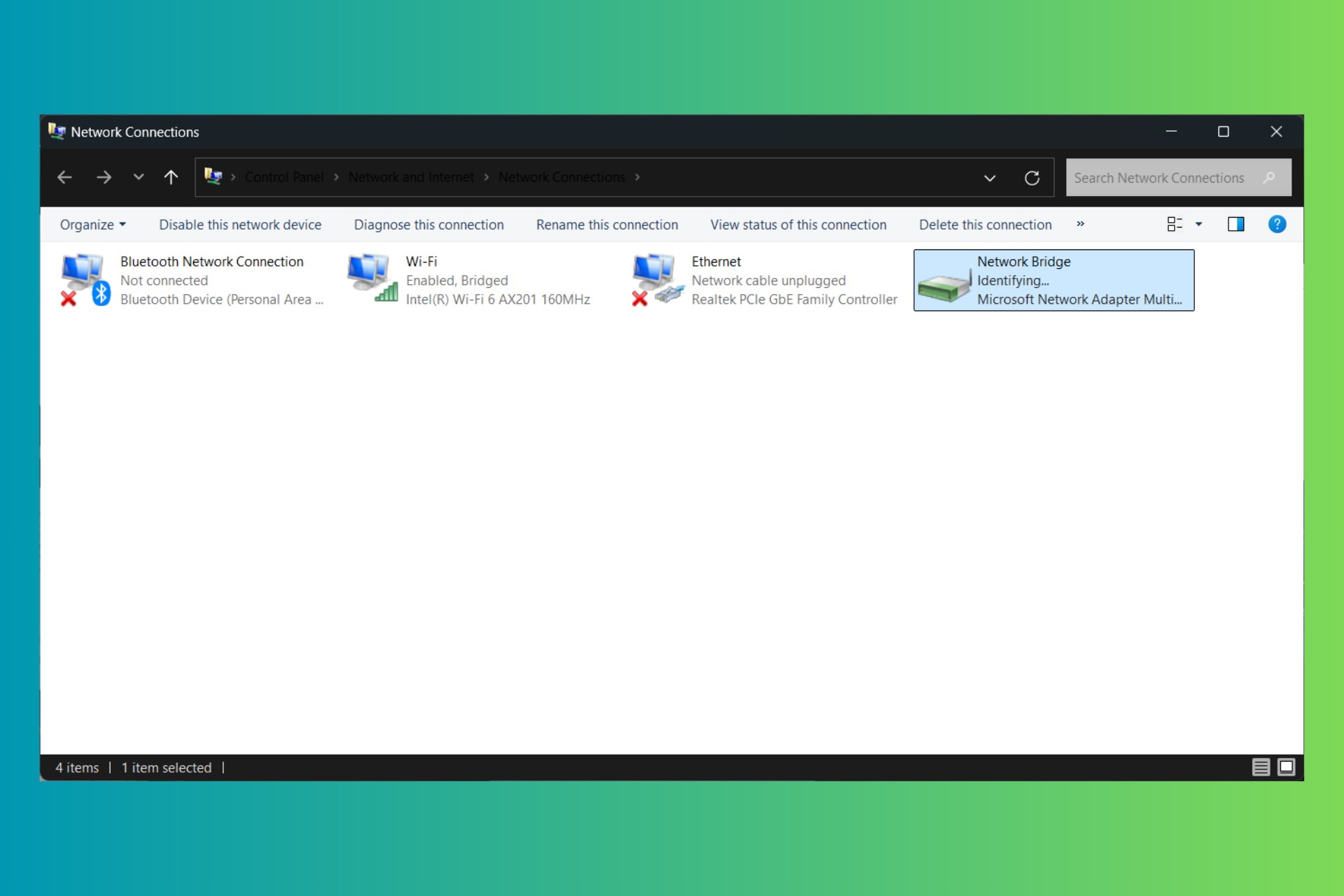
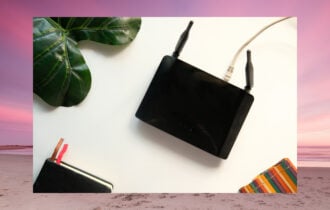

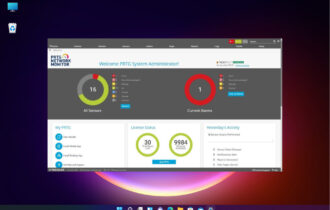
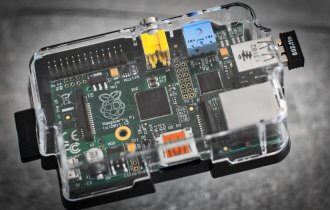
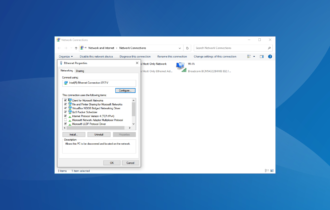

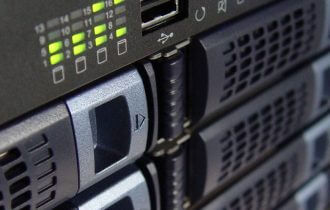
User forum
0 messages